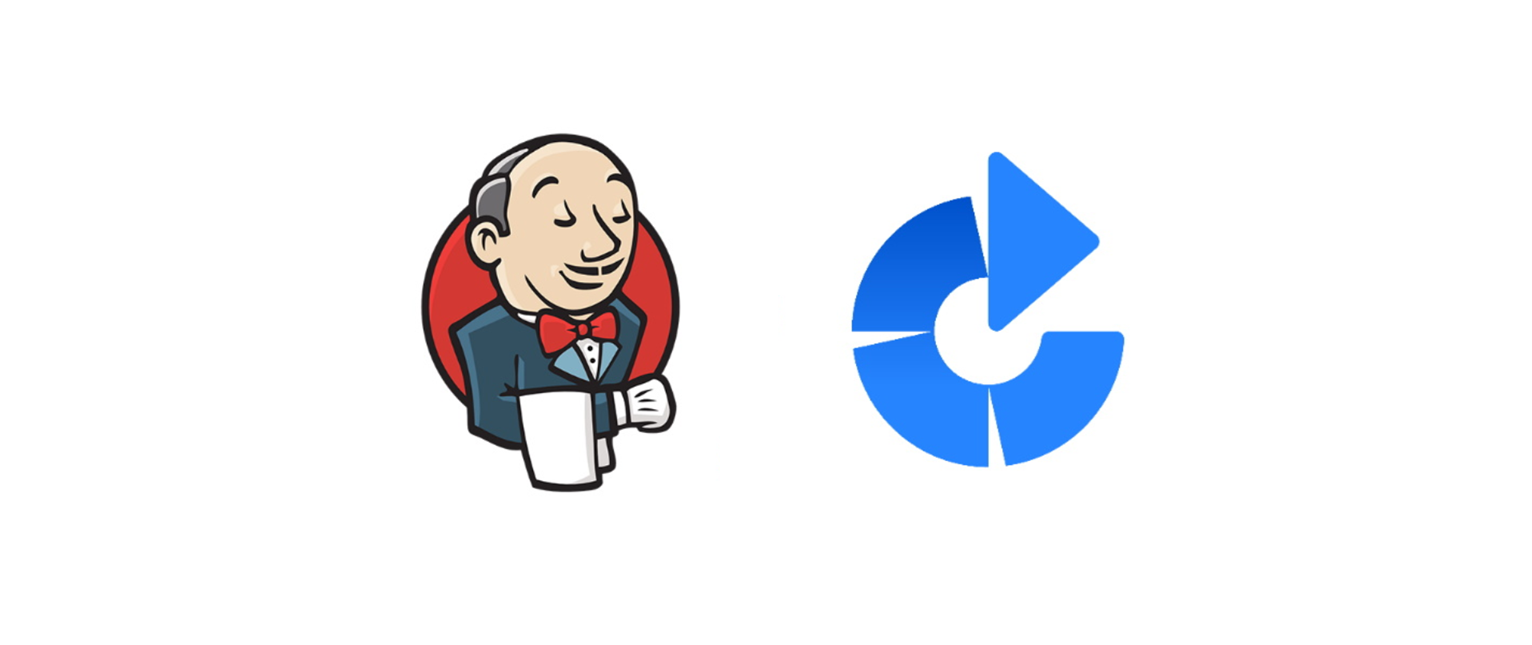The History of Jenkins and Bamboo
Jenkins: The Granddaddy of CI/CD 👴
- Born in 2004 as Hudson at Sun Microsystems.
- 2011: Oracle acquires Sun ☠️, and the community forks Hudson to create Jenkins.
- Now: The undisputed king of open-source CI/CD with thousands of plugins and community support.
👉 Think of Jenkins as that old Unix admin who knows everything but looks like he was programmed in 1995.
More on Jenkins: https://www.jenkins.io/
Bamboo: The Sleek Corporate Solution 🏢
- Created by Atlassian in 2007.
- Designed to integrate seamlessly with Bitbucket, Jira, and Confluence.
- Supports Docker, Kubernetes, AWS, and integrates beautifully with enterprise environments.
👉 Think of Bamboo as the polished DevOps engineer who uses an iPad instead of a terminal.
More on Bamboo: https://www.atlassian.com/software/bamboo
Feature Comparison: Bamboo vs Jenkins
| Feature | Jenkins | Bamboo |
|---|---|---|
| Ease of Use | Complex UI, requires plugins for simple tasks | Simple UI, built-in integrations |
| Scalability | Requires tuning, supports distributed builds | Scales out of the box with AWS, Docker, Kubernetes |
| Plugins & Extensibility | 1800+ plugins, but chaotic | Fewer plugins, but structured |
| Built-in Features | Core is minimal; everything is a plugin | CI/CD, Deployment, Reporting, Bitbucket integration |
| Security | Community-managed updates, can be risky | Enterprise-level security, access controls |
| Cost | Free & open-source | Paid license for full features |
Example CI/CD Pipelines: Jenkins vs Bamboo
Jenkins Pipeline Example
Here’s a basic Jenkinsfile to build a simple Node.js app.
| |
To set up this pipeline:
- Install Jenkins.
- Install the Pipeline plugin.
- Create a new Multibranch Pipeline Job.
- Point it to your Git repo with Jenkinsfile.
Bamboo Pipeline Example
Now, here’s a simple Bamboo build plan:
| |
To set this up:
- Go to Bamboo.
- Create a new Build Plan.
- Add the Stages and Jobs.
- Connect it to Bitbucket (if using Atlassian products).
When to Use Bamboo vs Jenkins
| Use Case | Best Tool |
|---|---|
| You’re an enterprise using Bitbucket & Jira | 🚀 Bamboo |
| You love open-source, flexibility, and don’t mind chaos | 🤖 Jenkins |
| Security and structured enterprise support is critical | 🏢 Bamboo |
| You want a free solution with a massive community | 🌍 Jenkins |
| You need rapid, plugin-driven customization | 🛠️ Jenkins |
| You prefer built-in CI/CD with less maintenance | 🏆 Bamboo |
Final Verdict
- If you’re a startup or love open-source freedom → Use Jenkins (but be ready for some plugin mayhem). 🎭
- If you’re in an enterprise using Atlassian tools → Use Bamboo (less headache, better integration). 🏢
Whichever you choose, both Bamboo and Jenkins are awesome in their own way. Pick what fits your stack and DevOps culture best! 🚀
Key Ideas Table
| Topic | Summary |
|---|---|
| Jenkins | Open-source, highly flexible but requires plugins |
| Bamboo | Enterprise CI/CD solution with strong Bitbucket integration |
| Ease of Use | Bamboo is more user-friendly; Jenkins is powerful but complex |
| Security | Bamboo has better built-in security; Jenkins relies on community updates |
| Cost | Jenkins is free; Bamboo is paid |
| Example Pipelines | Showcased a basic Jenkinsfile and Bamboo YAML pipeline |
Reference Links
- https://www.jenkins.io/
- https://www.atlassian.com/software/bamboo
- https://www.atlassian.com/continuous-delivery/ci-vs-cd
- https://plugins.jenkins.io/
Conclusion
So there you have it! Bamboo vs Jenkins, the ultimate showdown. Whether you want Jenkins’ flexibility or Bamboo’s tight Atlassian integration, both are solid choices. Now go forth and automate! 🚀🔥
